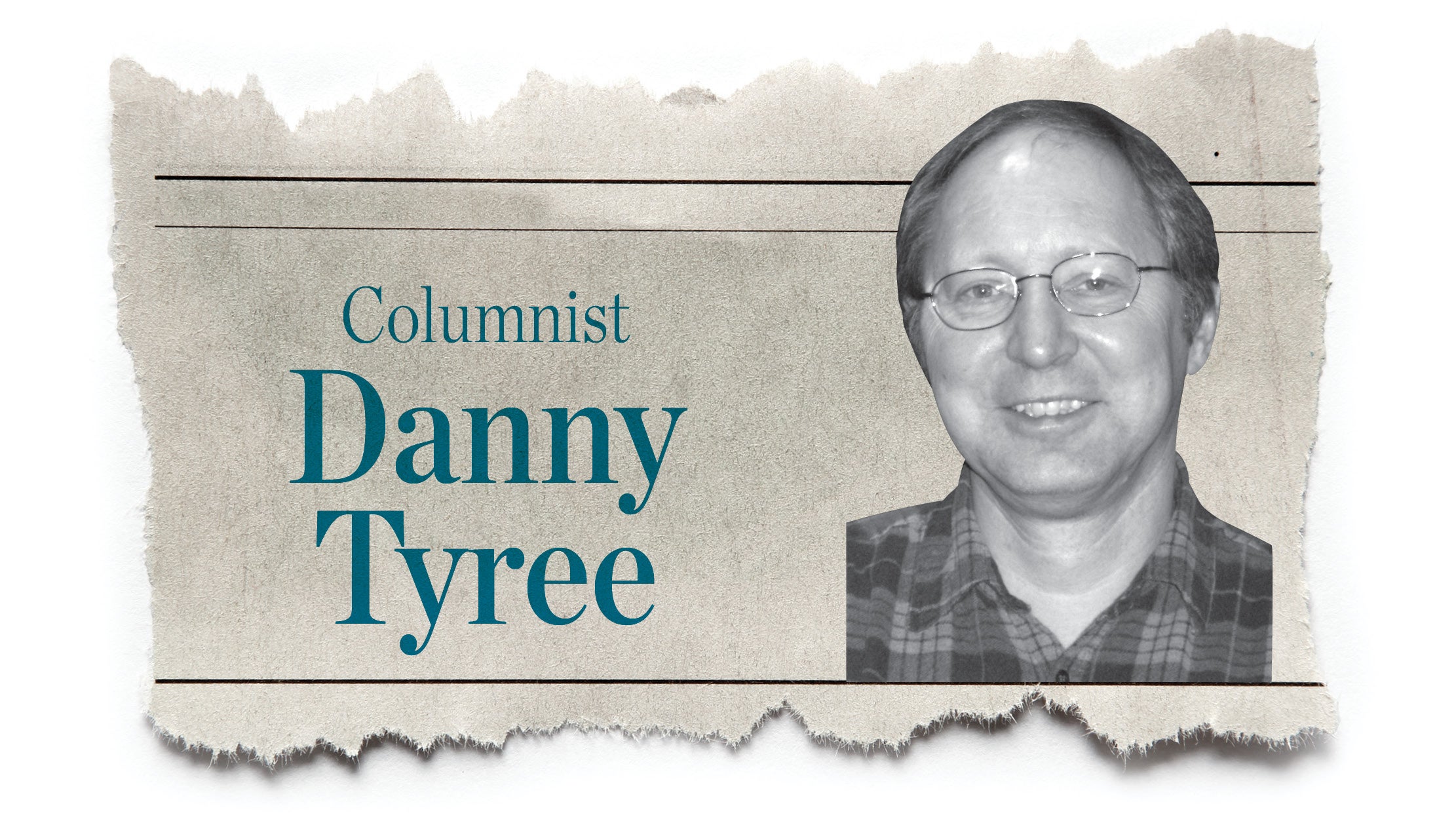Be careful what you wish for
Published 10:29 am Friday, October 5, 2018
Ask most Americans today what they most want from government and they will tell you – better health care and a stronger economy.
In some ways, we are getting both from the Trump administration, so why isn’t the president more popular? (RCP has Trump’s polling average approval at 43.8 percent, versus 53 percent disapproval.) And, why aren’t Republicans swimming in glory and praise (28 percent approval in latest CBS poll?)
Maybe because the Trump economy is not designed for most Americans to benefit.
The Federal Reserve reports that the bottom 90 percent of Americans are not as well-off as they were in 2007. Home ownership is lower than 2007 due to a 26 percent increase in home prices and tighter credit lending than in 2007.
Inflation in 2018 is at 2.7 percent, and rising, with wages up 2.9 percent. But health care costs for consumers are rising at 5.3 percent, according to CMS, and prescription costs are rising at 6.3 percent, with both costs projected to continue to rise above wage growth.
Employers are increasing deductibles and co-pays on healthcare coverage that frequently exceed modest wage increases.
While the Trump administration promised significant wage increases for workers as a result of the 2017 tax cuts, only 4.3 percent of workers received a one-time bonus or a wage increase, according to Americans for Tax Fairness. The same survey found that American companies paid 37 times more for stock buybacks than for wage increases.
Those stock buybacks helped the stock markets and investors, but 60 percent of Americans are not invested in the stock market and have not economically benefitted from the 160 percent market growth.
While the U.S. has seen two quarters of GDP growth over 4 percent this year, that may not mean anything to your economic situation. Or, it may mean you are taking home less than last year as a result of inflation and rising healthcare costs.
Consider the example of 31,000 workers at U.S. Steel who are currently seeking a new labor contract. U.S. Steel has significantly benefitted from the tariffs President Trump placed upon imported steel. Steel production was already at high levels due to a healthy economy, high demand for infrastructure replacement of bridges, and steel needs as a result of natural disaster. But since the tariffs, U.S. companies have committed to building new plants and expanding production. This should be all good news for workers, meaning more jobs and higher wages.
While there should be some more jobs created, the higher wages seem elusive if not unlikely. Current negotiations between the steelworkers and U.S. Steel have the company offering a 4 percent wage increase this year, with 3 percent wage increases in coming years.
Sound good? It would be, except the company is experiencing large increases in their healthcare coverage and insists on workers accepting a new share of those costs, $145 per month. With that cost transfer, the real wage growth over nine years for steelworkers will be a meager 1.7 percent.
U.S. Steel projects a $2 billion dollar profit this year but seeks to invest in new equipment that will automate some steelworker jobs and increase productivity for the company.
The summary of all the above is that most Americans are not benefitting from an economy that is in a high growth state. And while those benefits of growth remain elusive to most Americans, the cost of the tax cuts are increasing the debt and deficit at levels unsustainable in a good economy and disastrous when the next recession arrives.
And Republicans and the president just don’t get it…the economy needs to work better for the people who actually do the work day in and day out.
Be careful what you wish for.
Jim Crawford is a retired educator, political enthusiast and award-winning columnist living here in the Tri-State.





